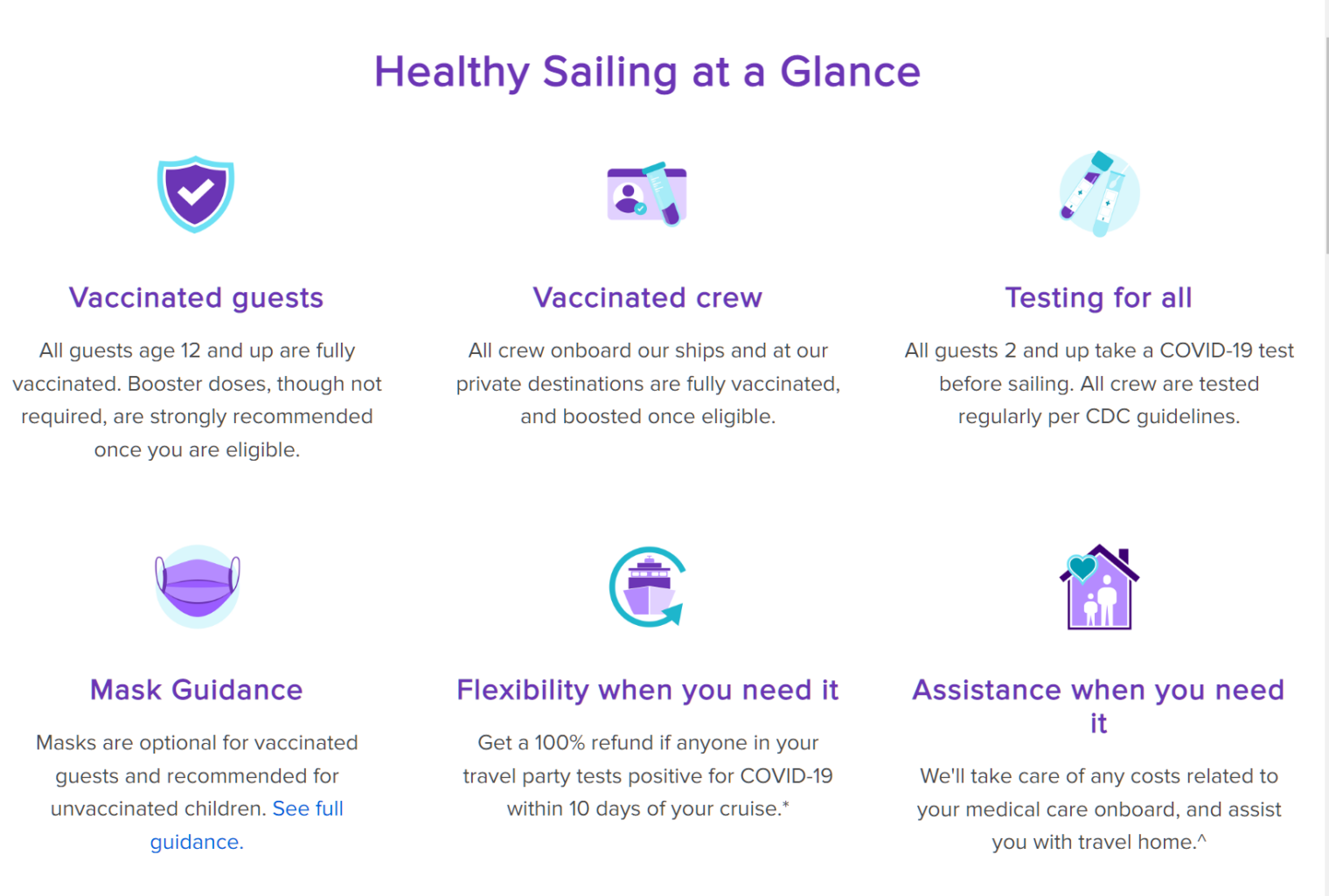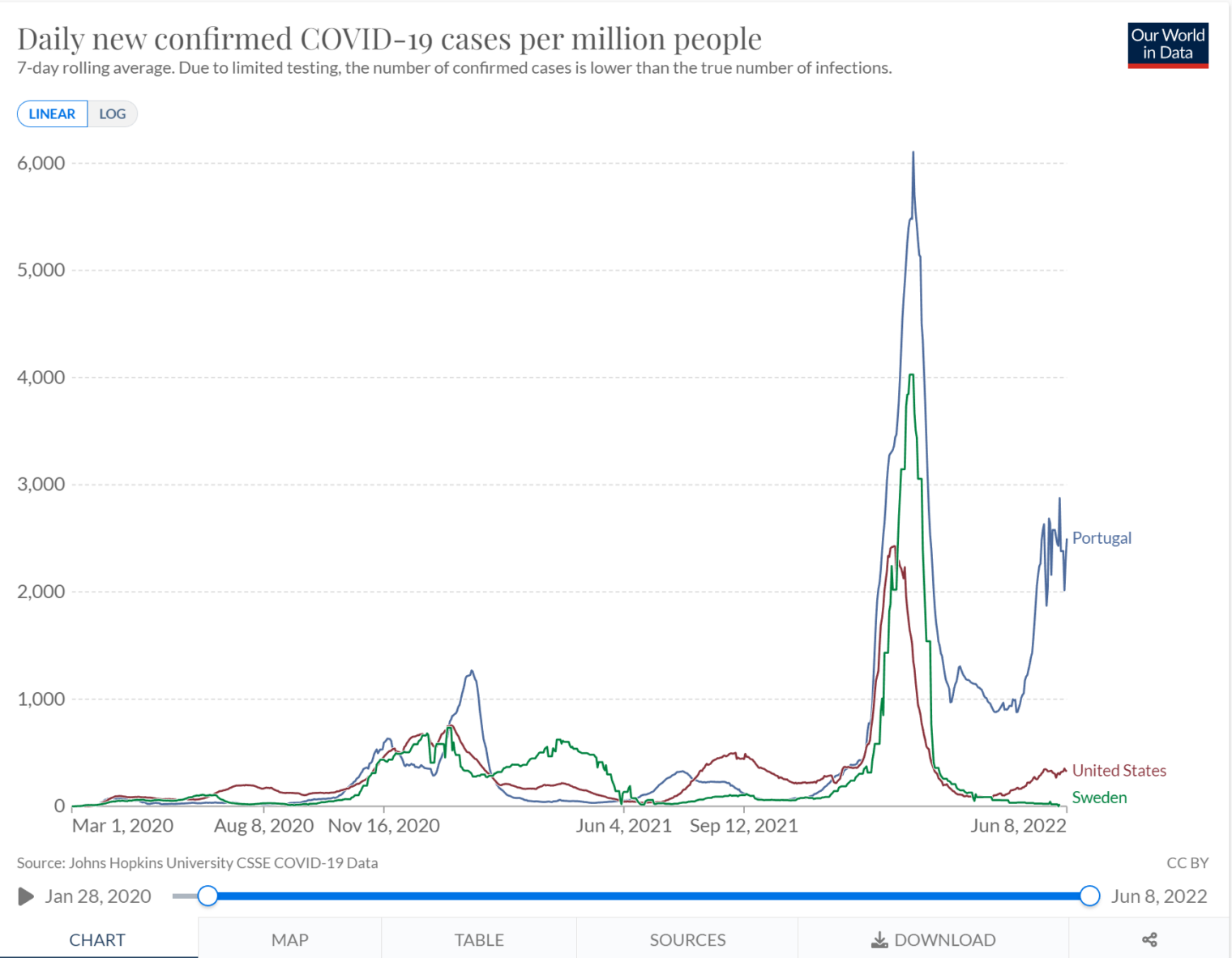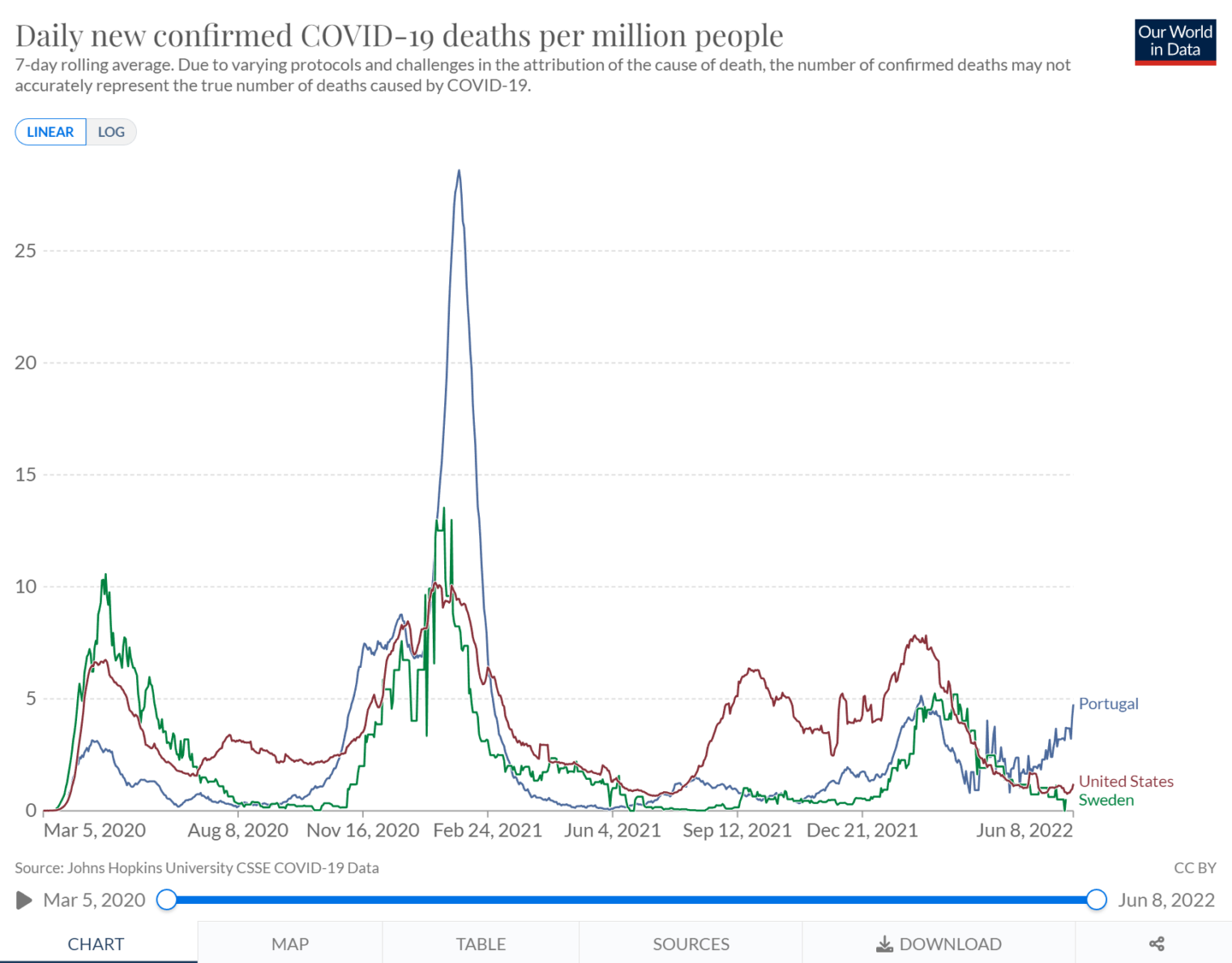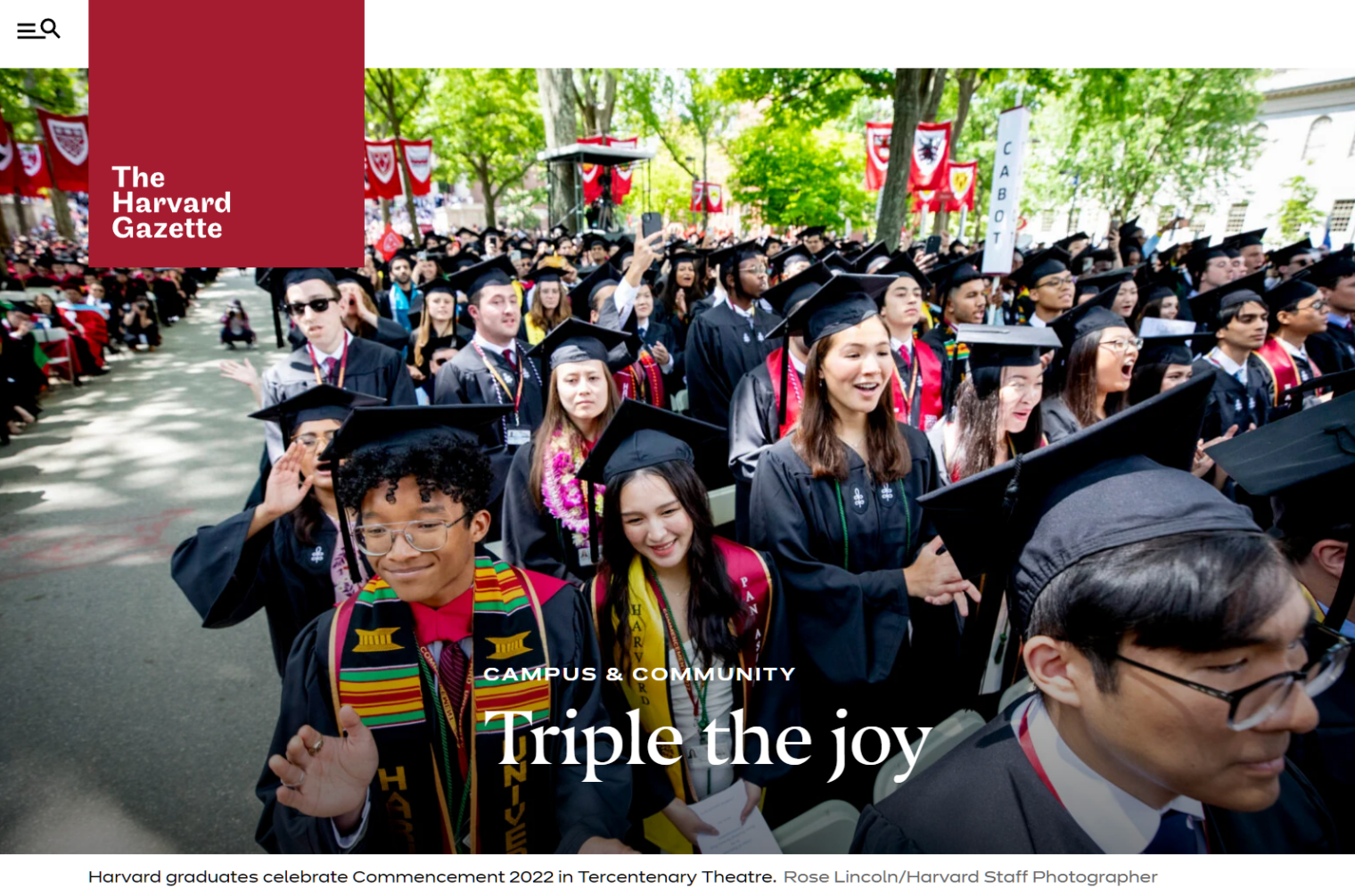A Royal Caribbean cruise ship plagued by COVID-19
Some neighbors refused our invitation to a hot dog and watermelon (but not on Juneteenth!) party. They’d gone on a Royal Caribbean cruise, which requires that all over-11 guests be vaccinated and tested:
It seems that more or less the entire ship came down with COVID-19, but people hid their symptoms and did not get tested until after disembarking so as to avoiding imprisonment in the closet-sized rooms. The policy:
A guest that tests positive for COVID-19 will need to isolate onboard for a period of time — either until they can be safely disembarked at a port of call with private transport home, or when the sailing concludes back at the homeport where it started. Those guests who meet the threshold to be deemed a close contact will need to meet necessary quarantine and/or testing requirements based on their vaccination status.
Guests who must isolate due to a positive COVID-19 test result will remain in their stateroom or be moved to a stateroom near the medical center where medical staff and Guest Services will check on them regularly, depending on availability. Complimentary amenities including room service and WiFi will be provided.
All of the above can be avoided via don’t ask, don’t tell and that’s what the cruise passengers have figured out.
Our friends are physicians in their 40s with unvaccinated kids. They’ve all tested positive for COVID-19, but have symptoms milder than a typical cold. “Generally just tired.”
Full post, including comments





